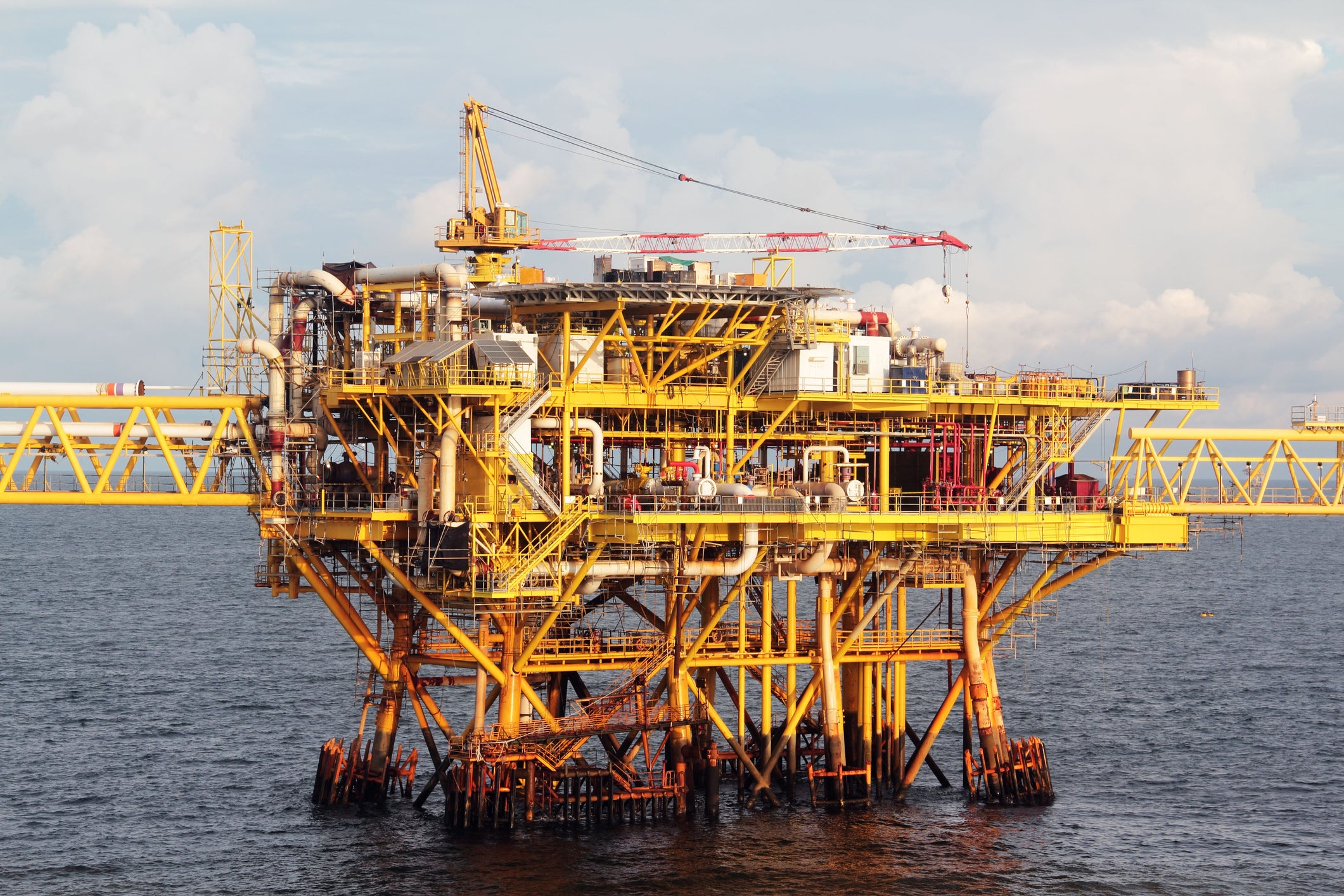Ukraine crisis sends oil prices surging to 10-year high
Brent crude jumped close to 120 US dollars a barrel at one stage, marking the highest level since March 2012.

Your support helps us to tell the story
From reproductive rights to climate change to Big Tech, The Independent is on the ground when the story is developing. Whether it's investigating the financials of Elon Musk's pro-Trump PAC or producing our latest documentary, 'The A Word', which shines a light on the American women fighting for reproductive rights, we know how important it is to parse out the facts from the messaging.
At such a critical moment in US history, we need reporters on the ground. Your donation allows us to keep sending journalists to speak to both sides of the story.
The Independent is trusted by Americans across the entire political spectrum. And unlike many other quality news outlets, we choose not to lock Americans out of our reporting and analysis with paywalls. We believe quality journalism should be available to everyone, paid for by those who can afford it.
Your support makes all the difference.The cost of crude has soared to its highest level for 10 years as Russia’s invasion of Ukraine continues to send gas and oil prices rocketing.
Brent crude – the international standard – jumped close to 120 US dollars a barrel at one stage, marking the highest level since March 2012, with trade disrupted amid wide-ranging economic sanctions on Russia.
European gas prices also hit record levels on Thursday while wheat prices jumped higher in a worrying sign for food costs.
Sanctions have so far excluded energy shipments from Russia, the world’s largest gas and second-largest oil exporter, but the West is avoiding commodities from Russia to send a strong signal to the country in response to the Ukraine conflict.
The US has targeted Russia’s oil refining sector with sanctions, with the possibility that Russia’s oil and gas exports will be next on the list
Neil Wilson, chief market analyst at Markets.com, said: “Self-sanctions are already playing a big role… Shell, BP, Chevron are all exiting but traders and customers are swerving Russian oil without any sanctions needed.”
He added there was “nowhere to hide for European consumers about to get hit by a mega electricity bill and soaring inflation”.
There are also worries in the market that stricter sanctions could start to impact on the energy market, and with Russia’s financial system heavily restricted, traders are reluctant to engage.
Leaders of oil cartel Opec and other major oil-producing countries decided on Wednesday to continue with their plan to gradually increase oil production.
The move came after a decision by the United States and other major governments in the International Energy Agency (IEA) to release 60 million barrels from strategic reserves to boost supplies.
Victoria Scholar, head of investment at Interactive Investor, said: “The US has targeted Russia’s oil refining sector with sanctions, with the possibility that Russia’s oil and gas exports will be next on the list.
“With Opec+ refusing to respond to the sharp spike in oil prices by sticking to its 400,000 barrels per day increase in output in March and with the market unfazed by the IEA’s global crude reserve release, the geopolitical tensions look set to push oil prices higher with Brent crude on track to breach 120 US dollars or even 125 US dollars.”